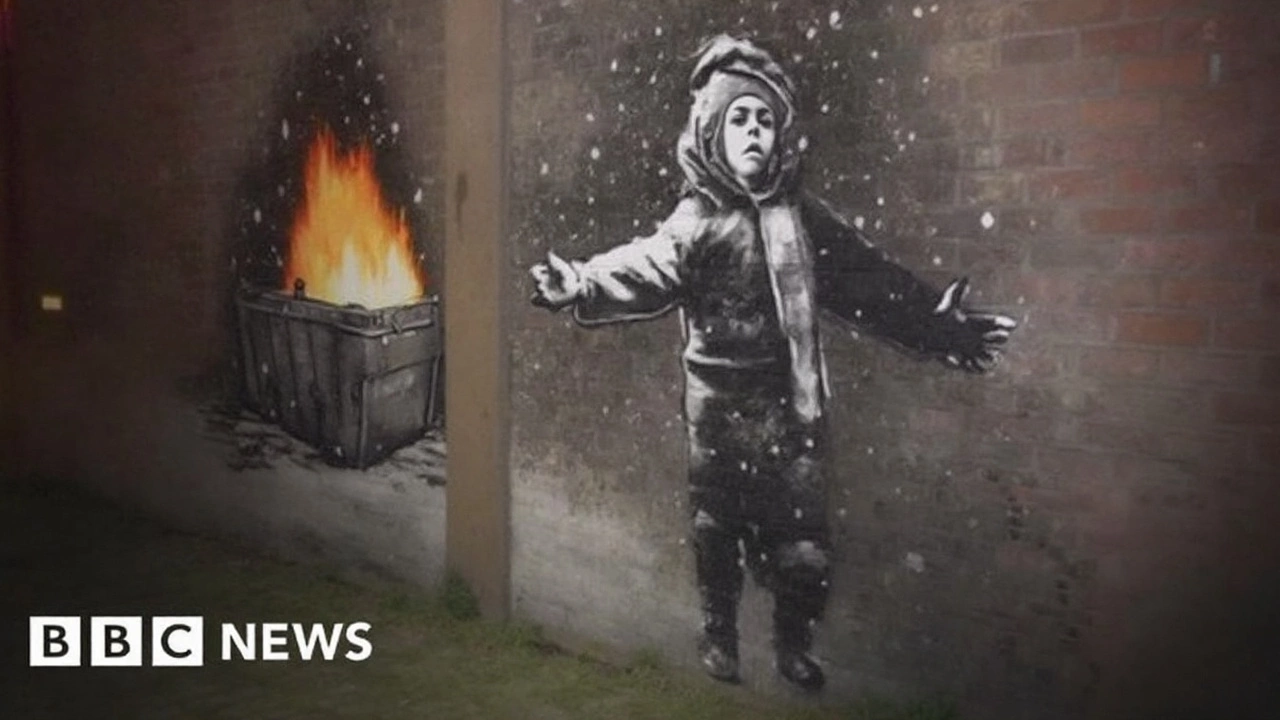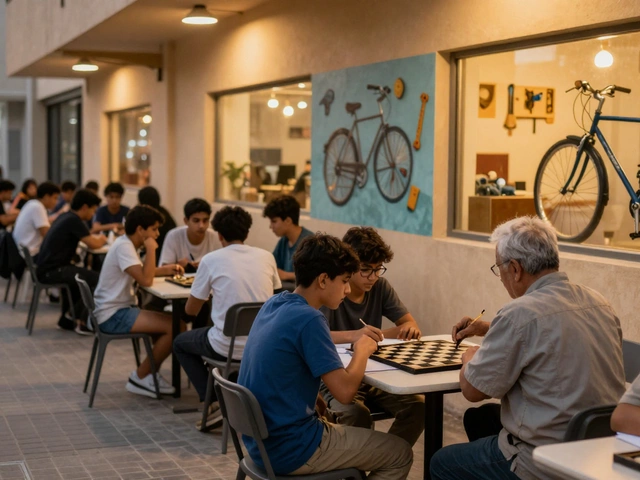A new verbatim play, Port Talbot Gotta Banksy, traces how a 2018 Banksy mural collided with the town’s shifting identity as blast furnace steel-making ended in 2024. Built from 150+ hours of resident interviews, the production tours Wales and spotlights jobs, pollution, and pride. With actors voicing locals’ words through earphones, the show captures a community balancing loss and resilience.
Verbatim Theatre Explained – Real Stories on Stage
Ever walked into a play and felt like the actors were talking straight from a news interview? That’s verbatim theatre. It’s a style where playwrights take real words – interviews, testimonies, court transcripts – and turn them into a script. No fictional dialogue, just the exact things people said, often edited for flow. The result is a raw, immediate connection to real lives.
Why do creators choose this method? First, it gives a voice to people who might not be heard otherwise. When a former nurse talks about pandemic stress or a teenager shares their experience of bullying, the audience hears those exact words, not a softened version. That honesty hits harder than a fictional story because you know it’s real.
How a Verbatim Play Is Made
The process starts with research. A playwright or a team will interview subjects, record the conversations, and get permission to use the material. Then they transcribe everything and look for themes – common feelings, contradictions, moments of hope. The next step is shaping those words into scenes. While the dialogue stays true to the source, the playwright may rearrange lines, merge characters, or cut repetitions to keep the piece engaging.
Directors play a crucial role too. They guide actors to deliver the lines naturally, often encouraging them to watch the original recordings. The goal isn’t to act, but to become the person speaking. That means paying attention to tone, pauses, and body language. When done right, you can’t tell if the performer is reading a script or recalling a memory.
What to Expect When Watching
Walking into a verbatim show is like stepping into a documentary. The set might be simple – a few chairs, minimal props – because the focus is on the words. Lighting and sound are used to highlight emotions, not to create a fantasy world. You’ll likely hear a range of voices: young, old, angry, hopeful. The pacing can feel like a conversation, with moments of silence that let the weight of the story settle.
Because the material is real, the emotional stakes are high. You might leave the theatre feeling informed, inspired, or even unsettled. That’s the point: verbatim theatre aims to start conversations about real issues, from social injustice to personal trauma.
If you want to try verbatim theatre yourself, start small. Record a short interview with a friend about a topic you care about. Transcribe it, pick out the most striking lines, and rehearse with a partner, focusing on natural delivery. You don’t need a big stage – a living room works just fine.
In the end, verbatim theatre bridges the gap between journalism and performance. It takes the power of real voices and gives them a stage, making stories that might otherwise stay hidden impossible to ignore. Whether you’re a theatre lover or just curious about real-life storytelling, give a verbatim play a try – you’ll hear the world speak in a way you’ve never heard before.


